The architecture designed by the architect from Seville Ignacio Laguillo Díaz for the refurbishing and expansion of the city hall of Fuentes de Andalucia, a historic town of 8000 inhabitants in the heart of the valley of Guadalquivir, is entirely made of relations and not forms. The sober neoclassical building stands on Calle Mayor, at one end of Plaza de España, the town’s main public space. Constructed at the end of the 18th century, with a project by the Madrid-based architect Ventura Rodríguez, the building replaced the previous ayuntamiento that had been damaged by the fearsome earthquake that razed Lisbon to the ground in 1755.
Ignacio Laguillo Arquitecto Rehabilitation and Extension of the Town Hall. Fuentes de Andalucía


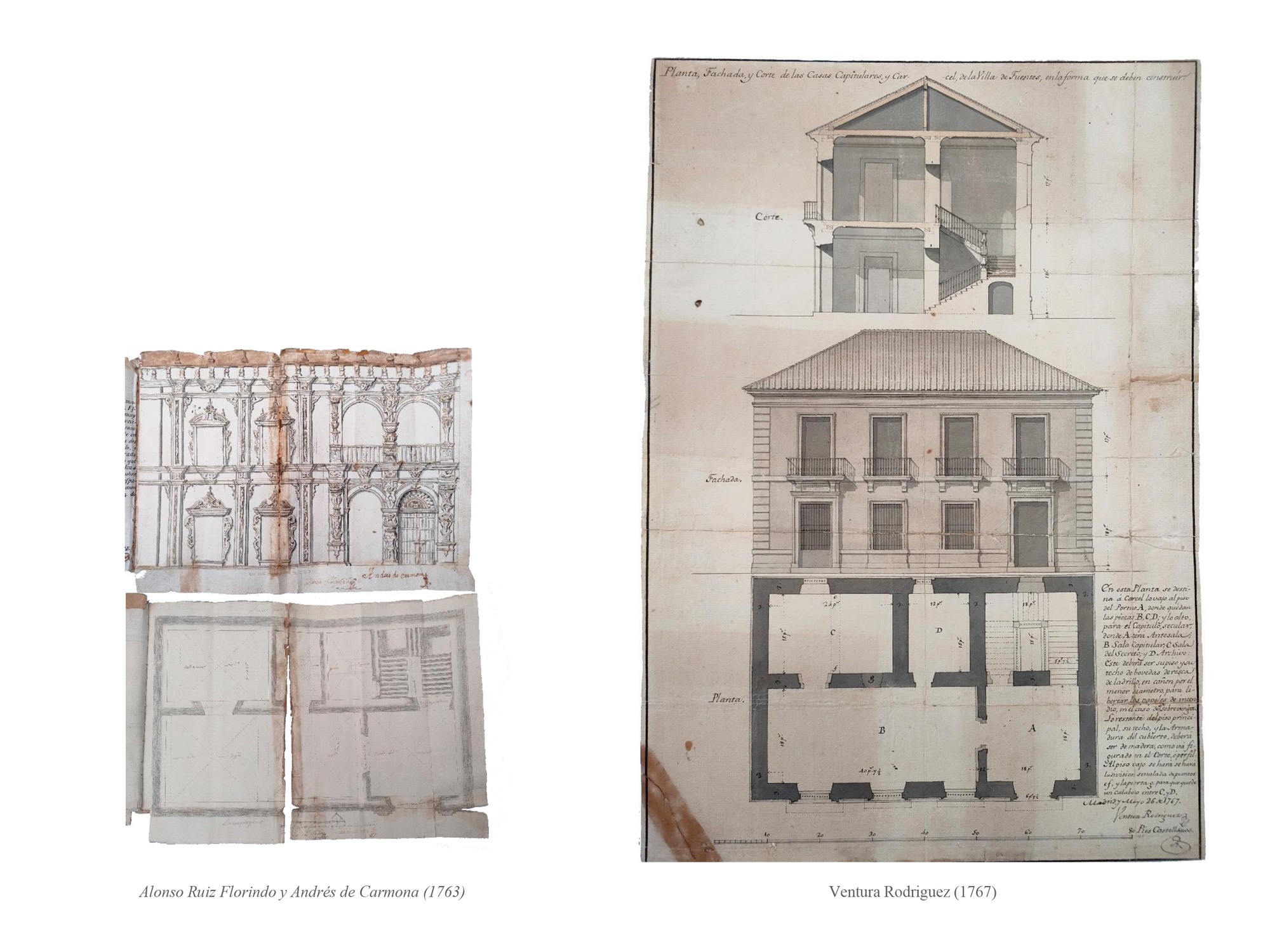
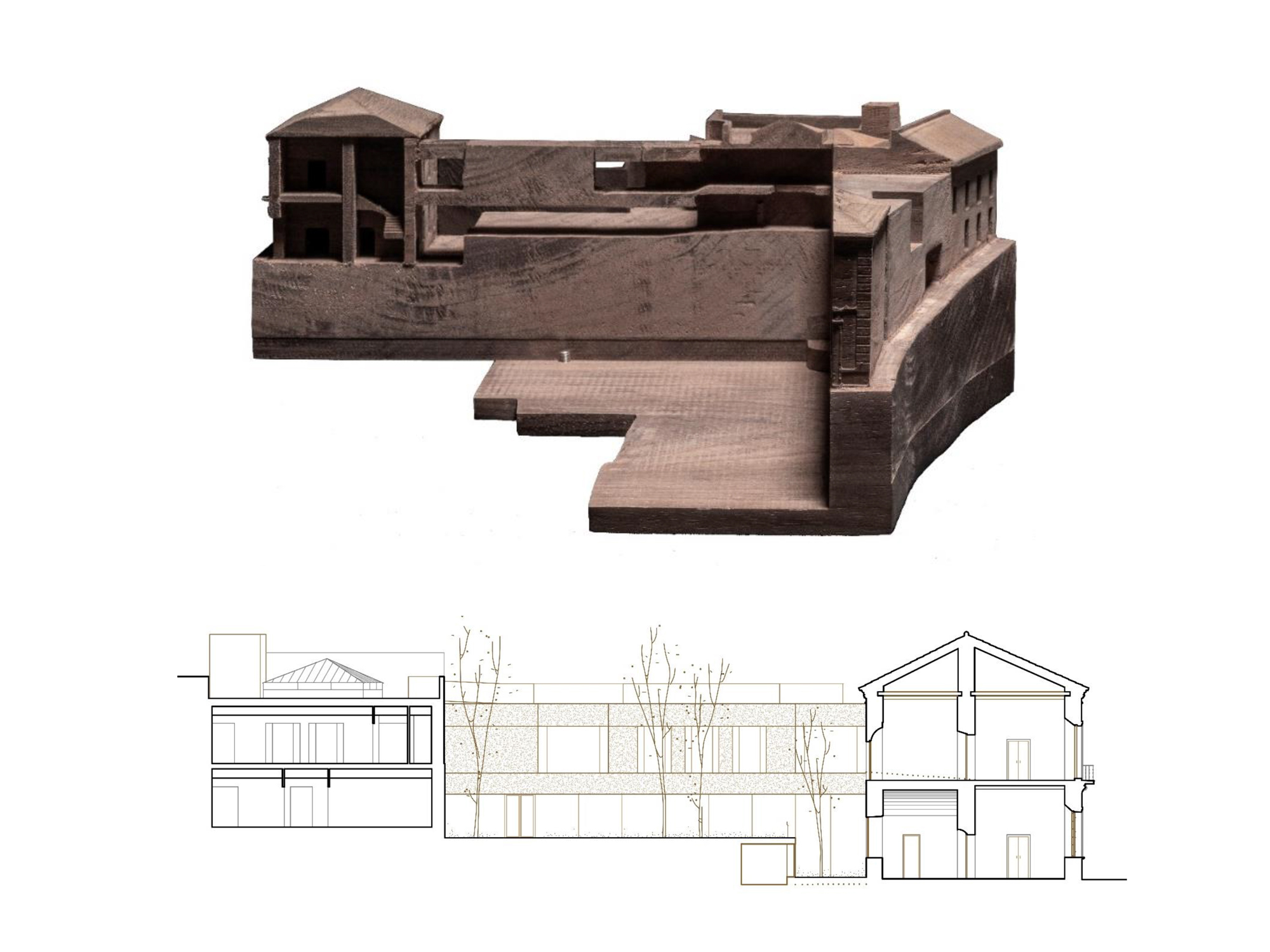
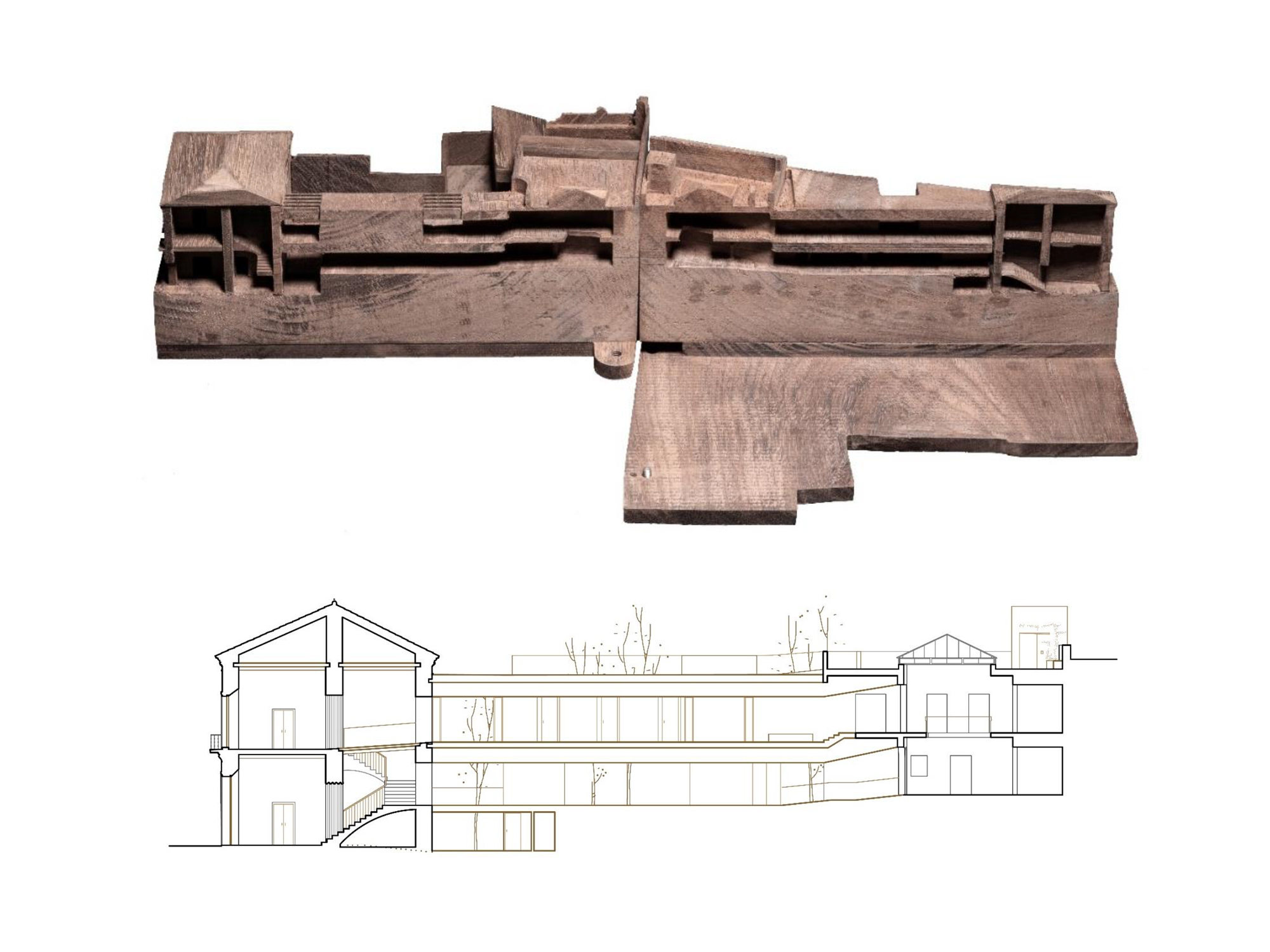
It is part of a homogeneous urban fabric, entirely heritage listed, which contains -in close proximity- monumental landmarks like the old castle, the convent of San José and the church or Santa Maria. The commission, to be accomplished on a tight budget, called for the restoration of the historic artifact, its connection with several more recent structures behind it, and the overall functional and circulatory reorganization of the new, resulting complex.


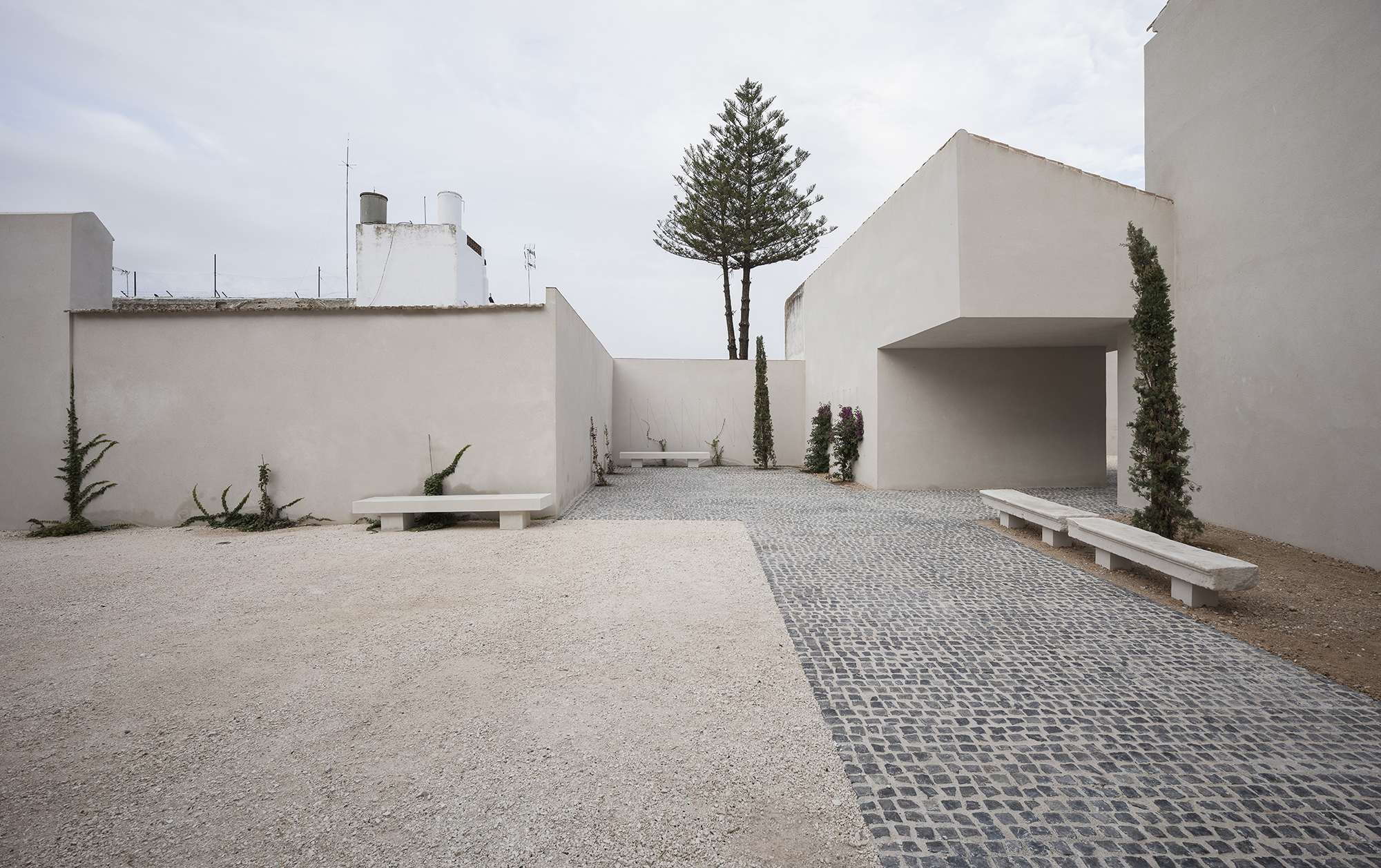
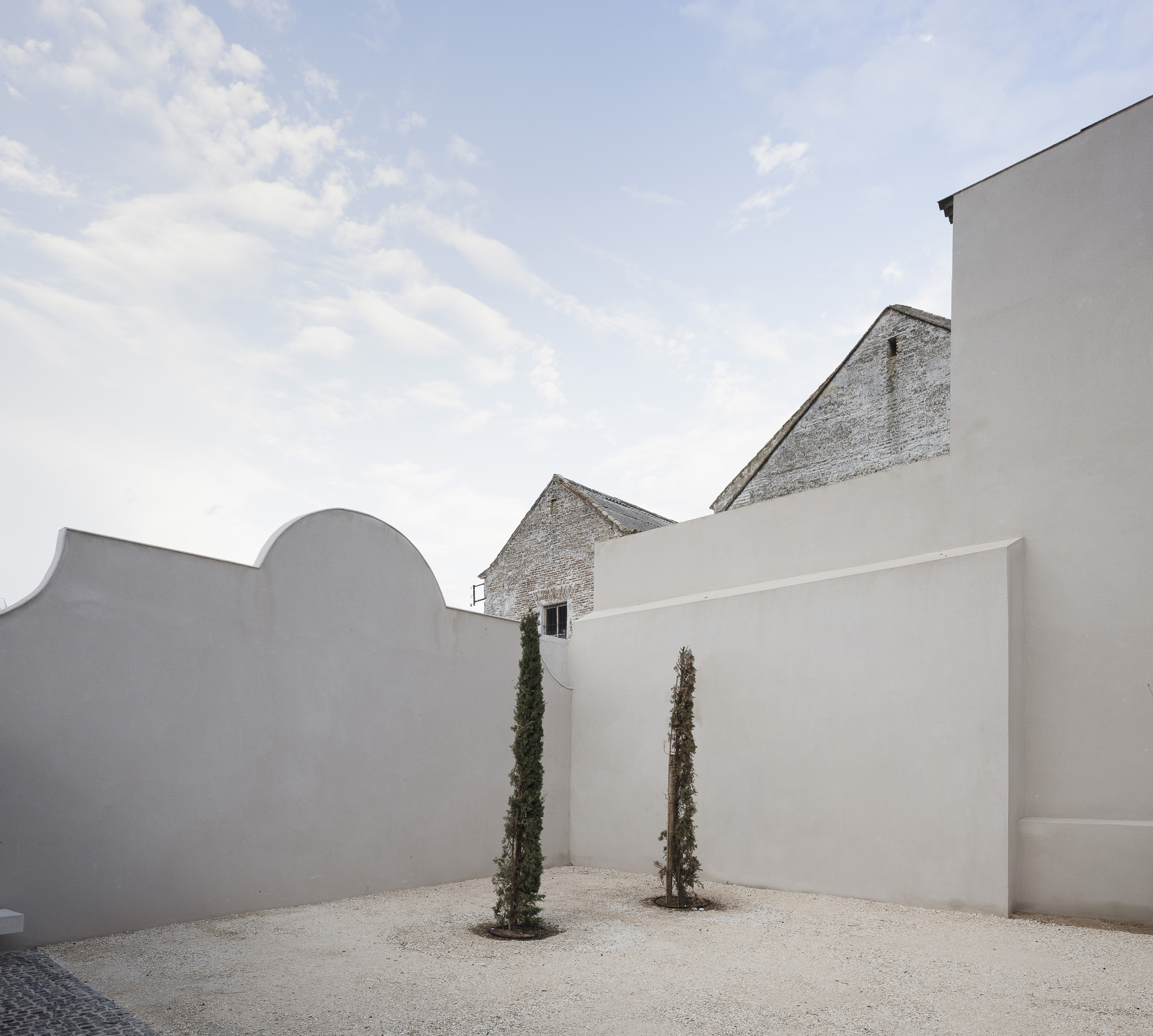

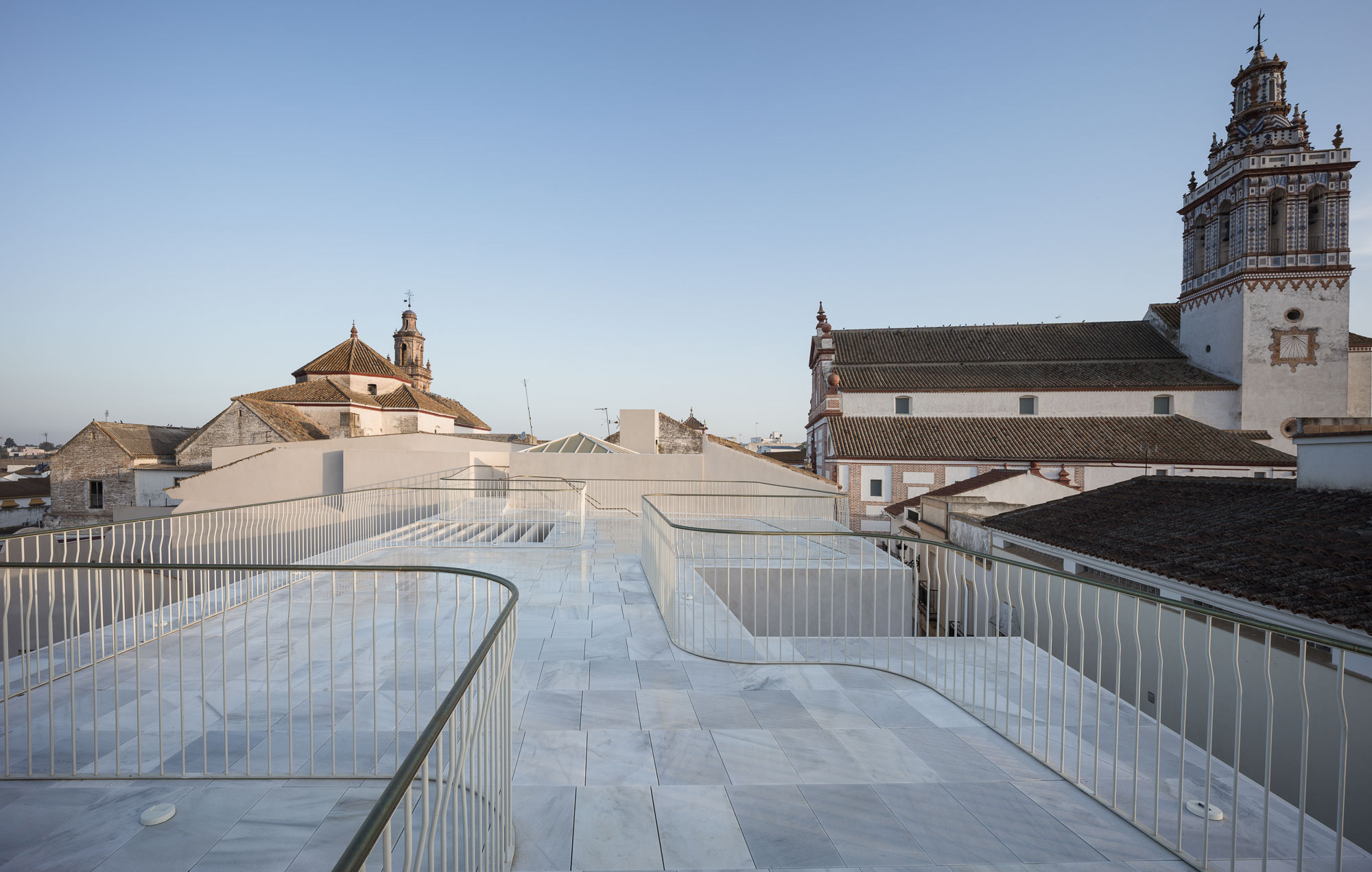
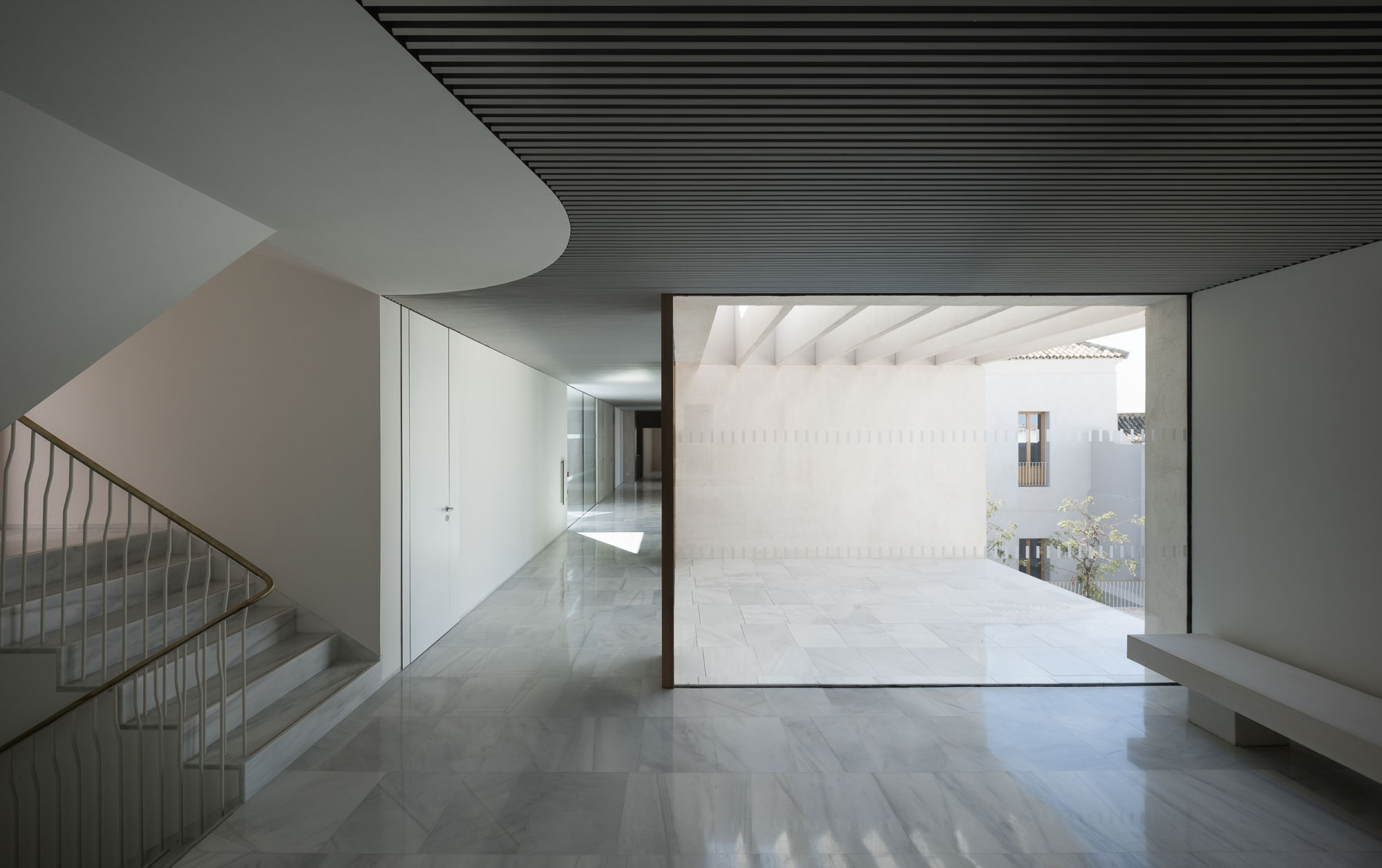
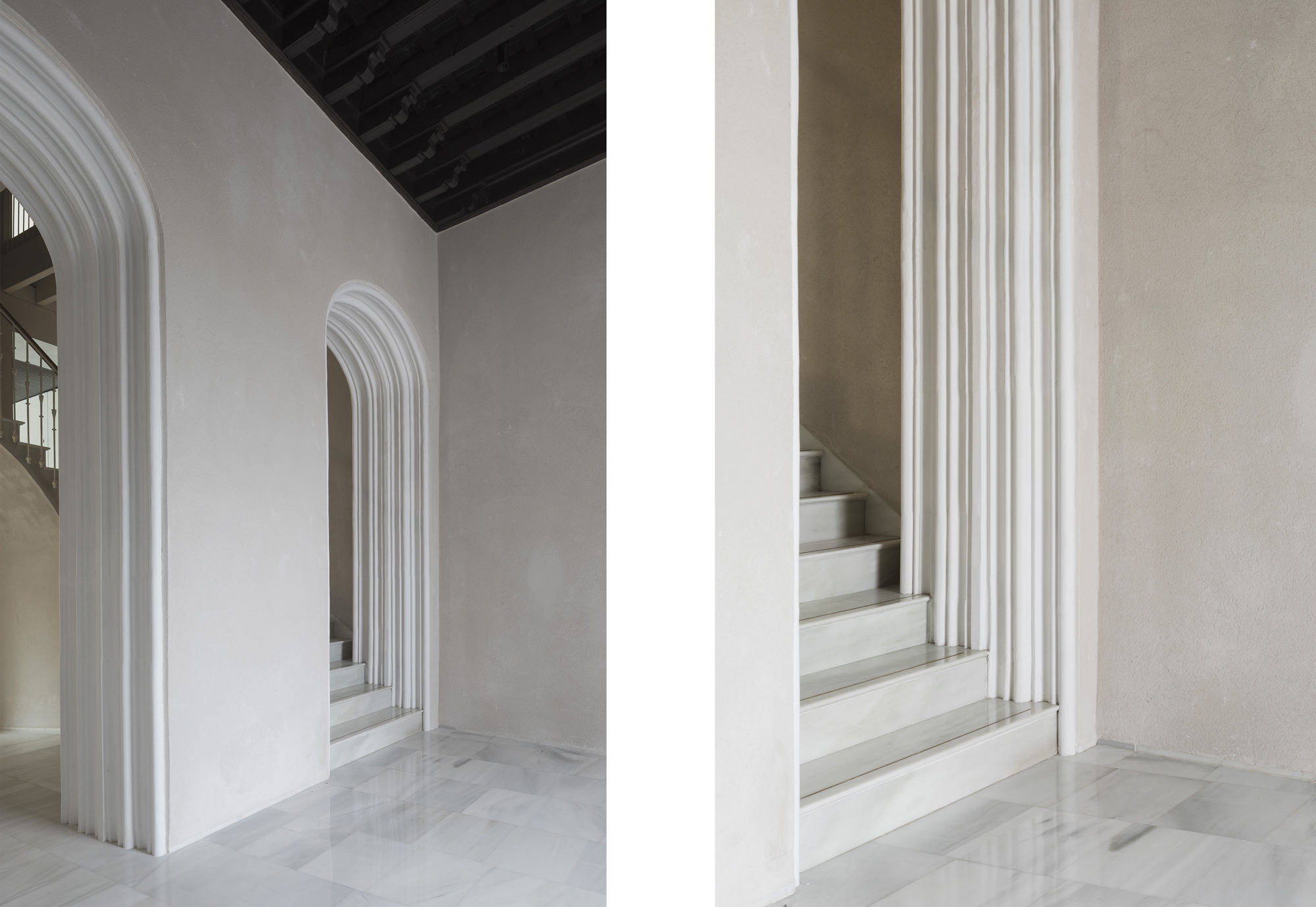
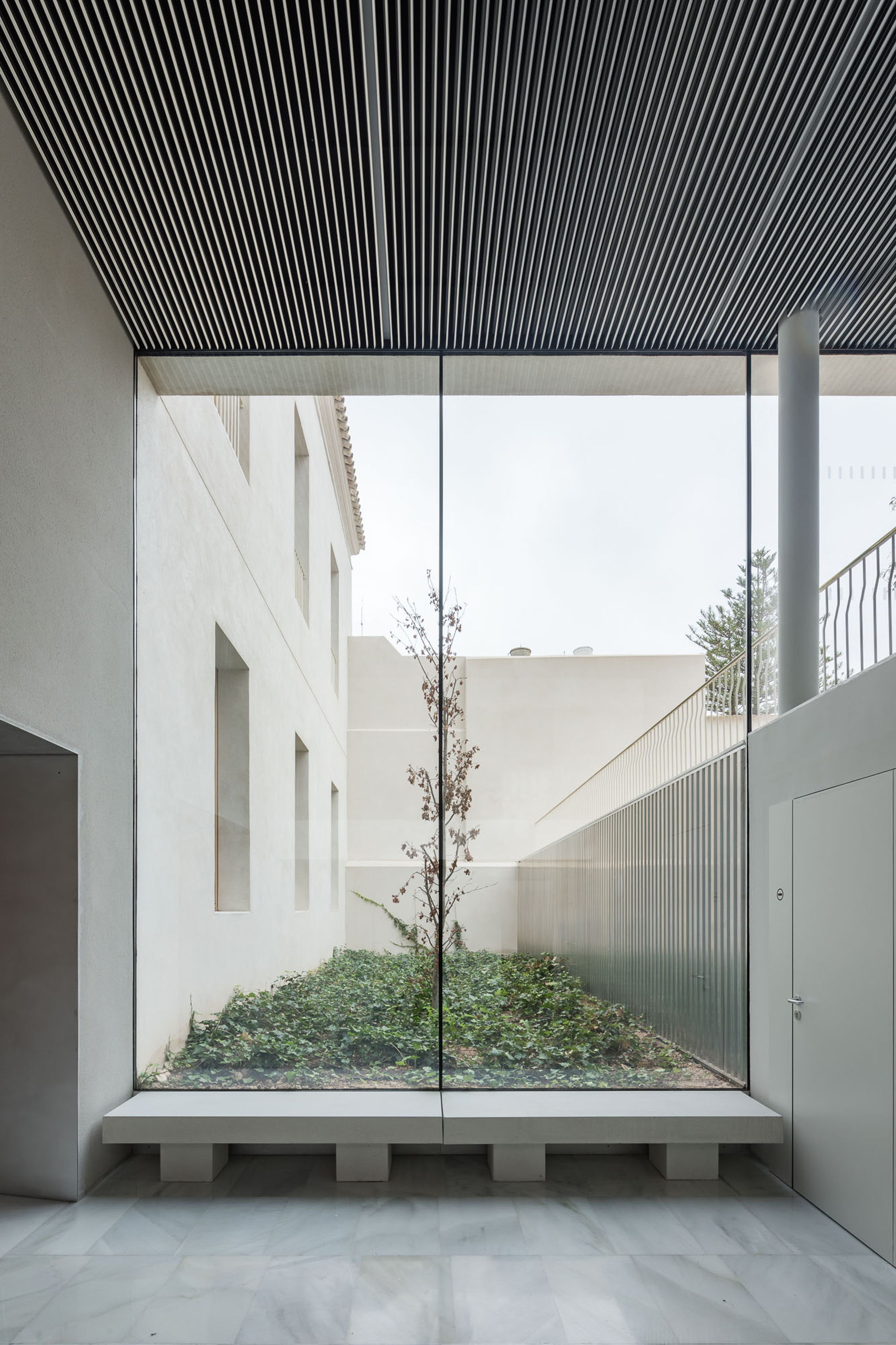
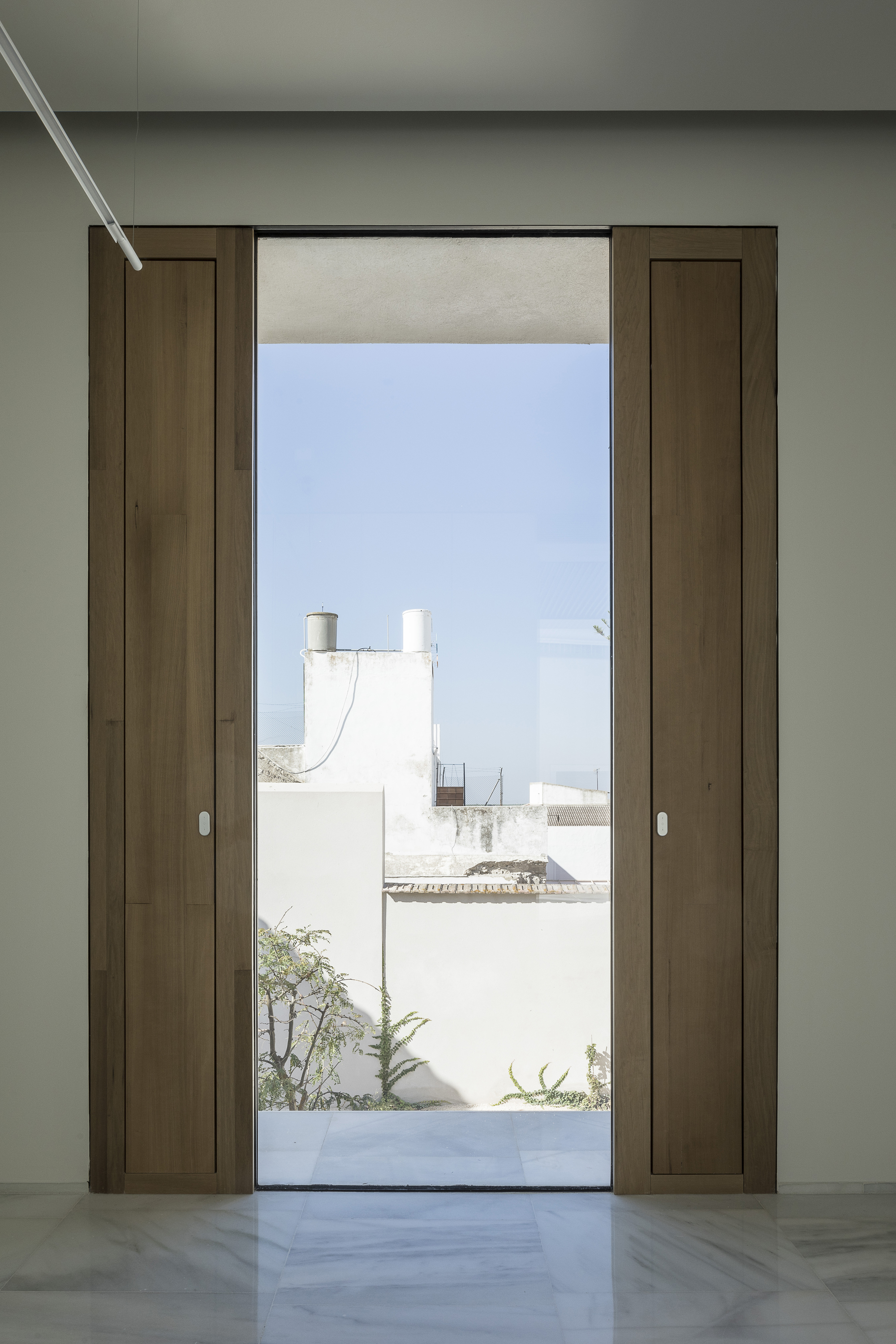
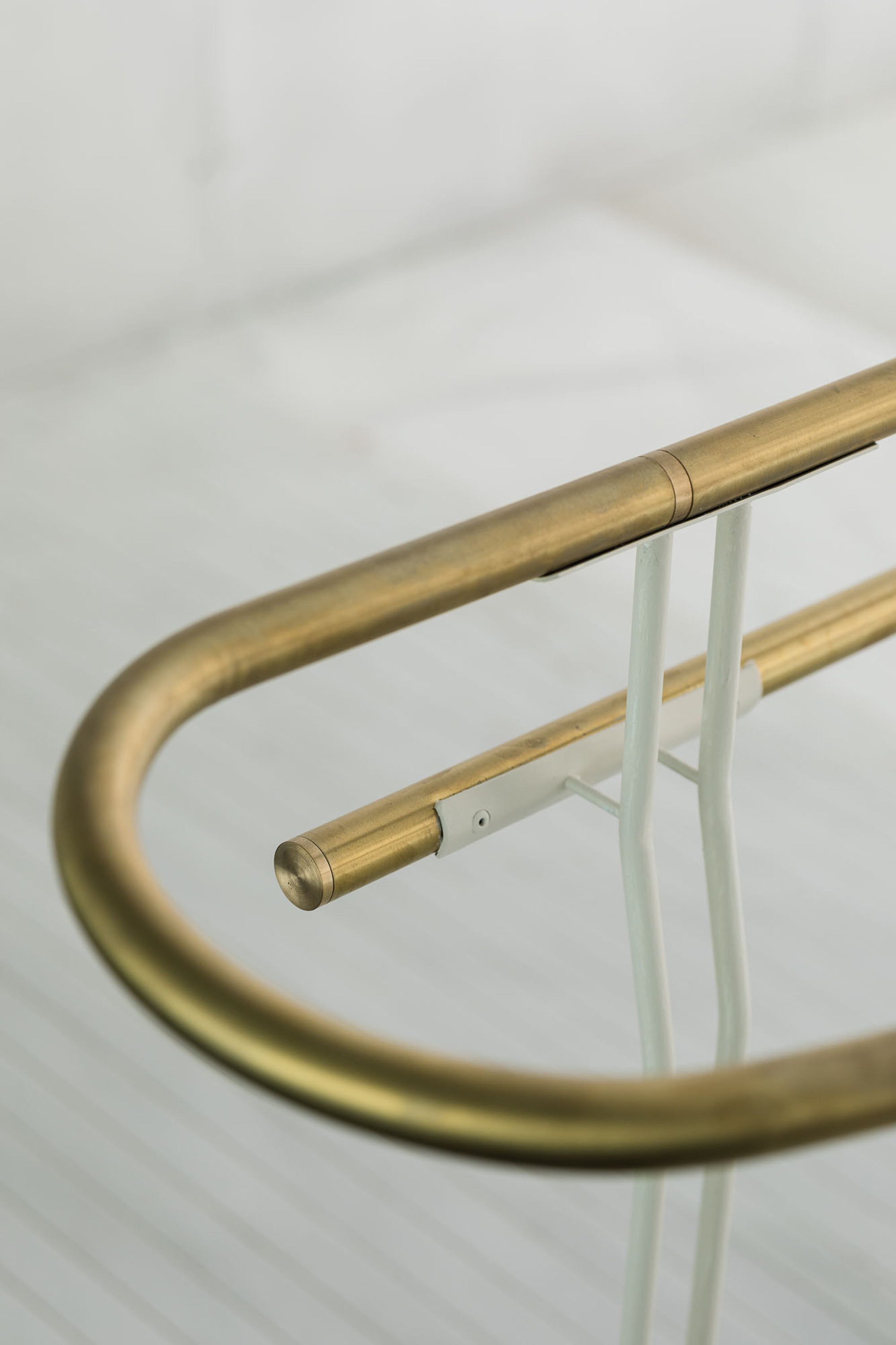
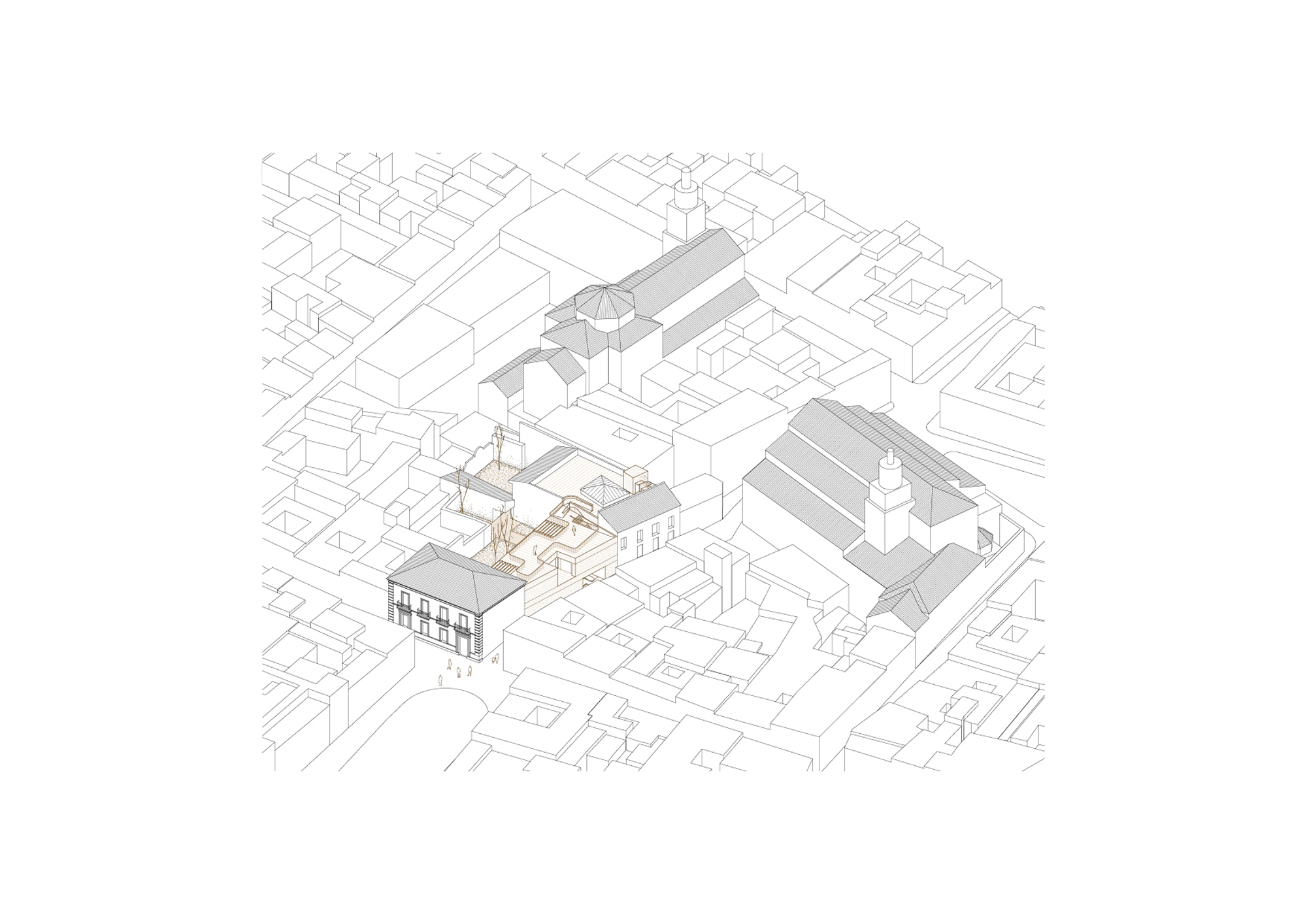
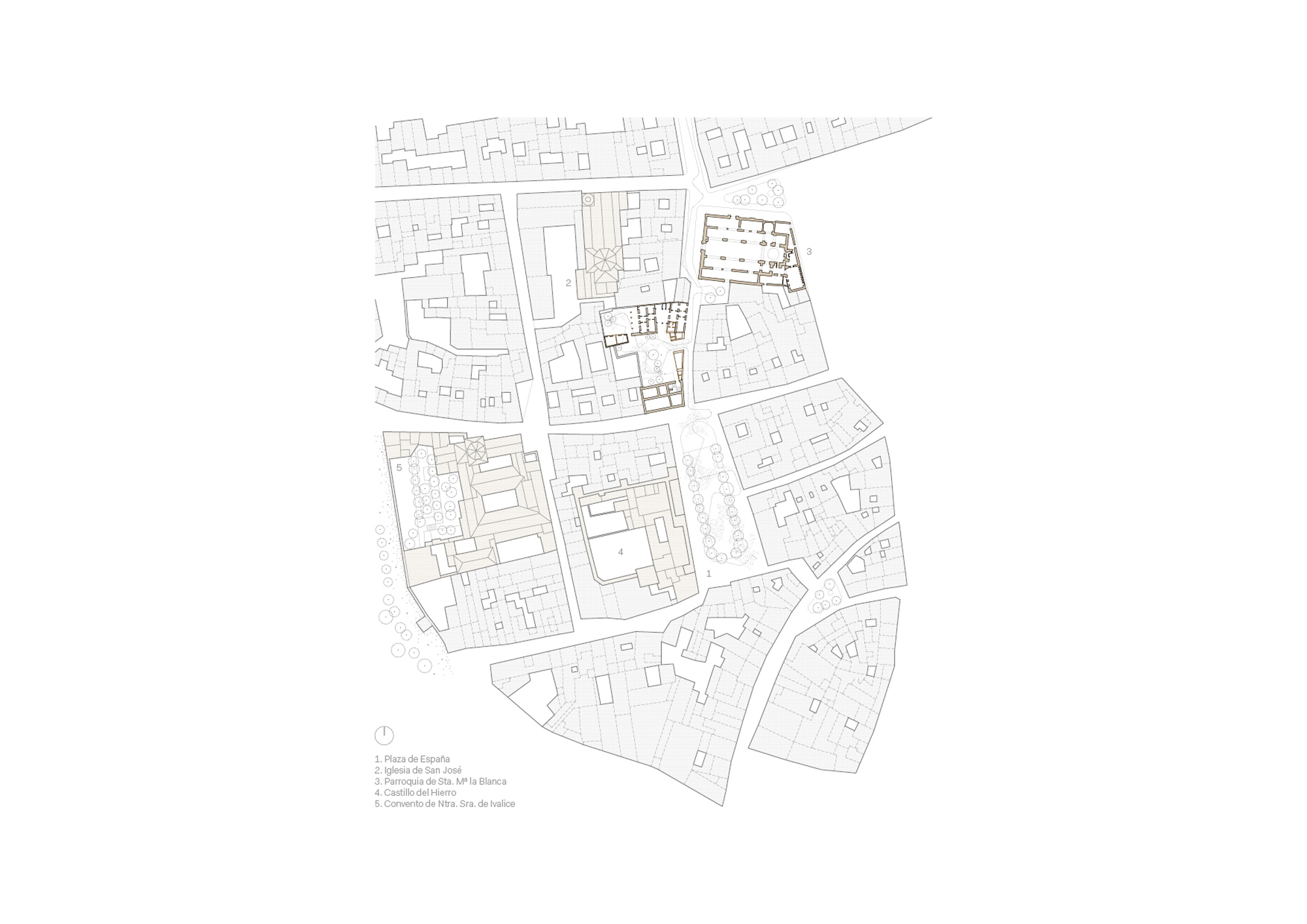
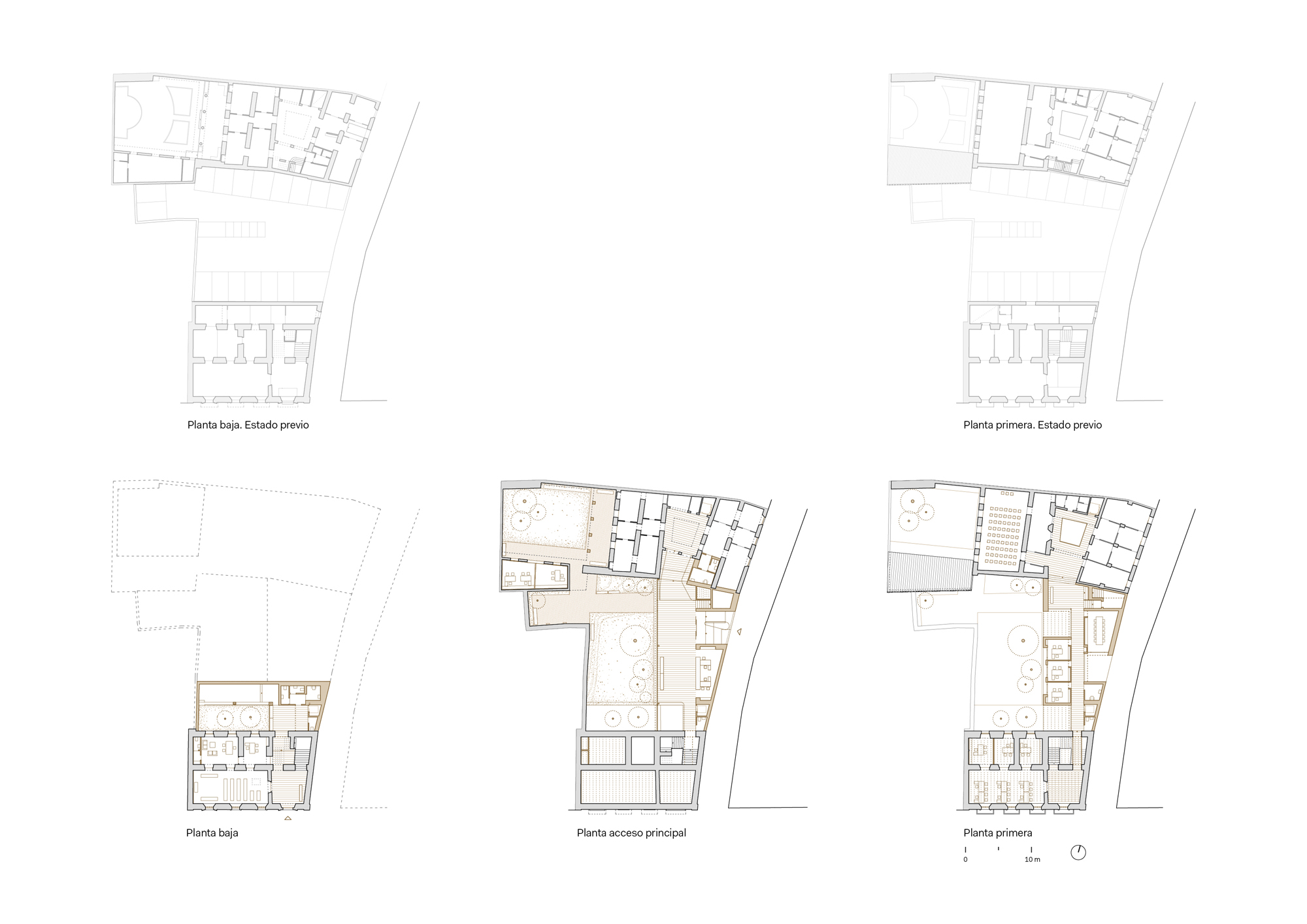
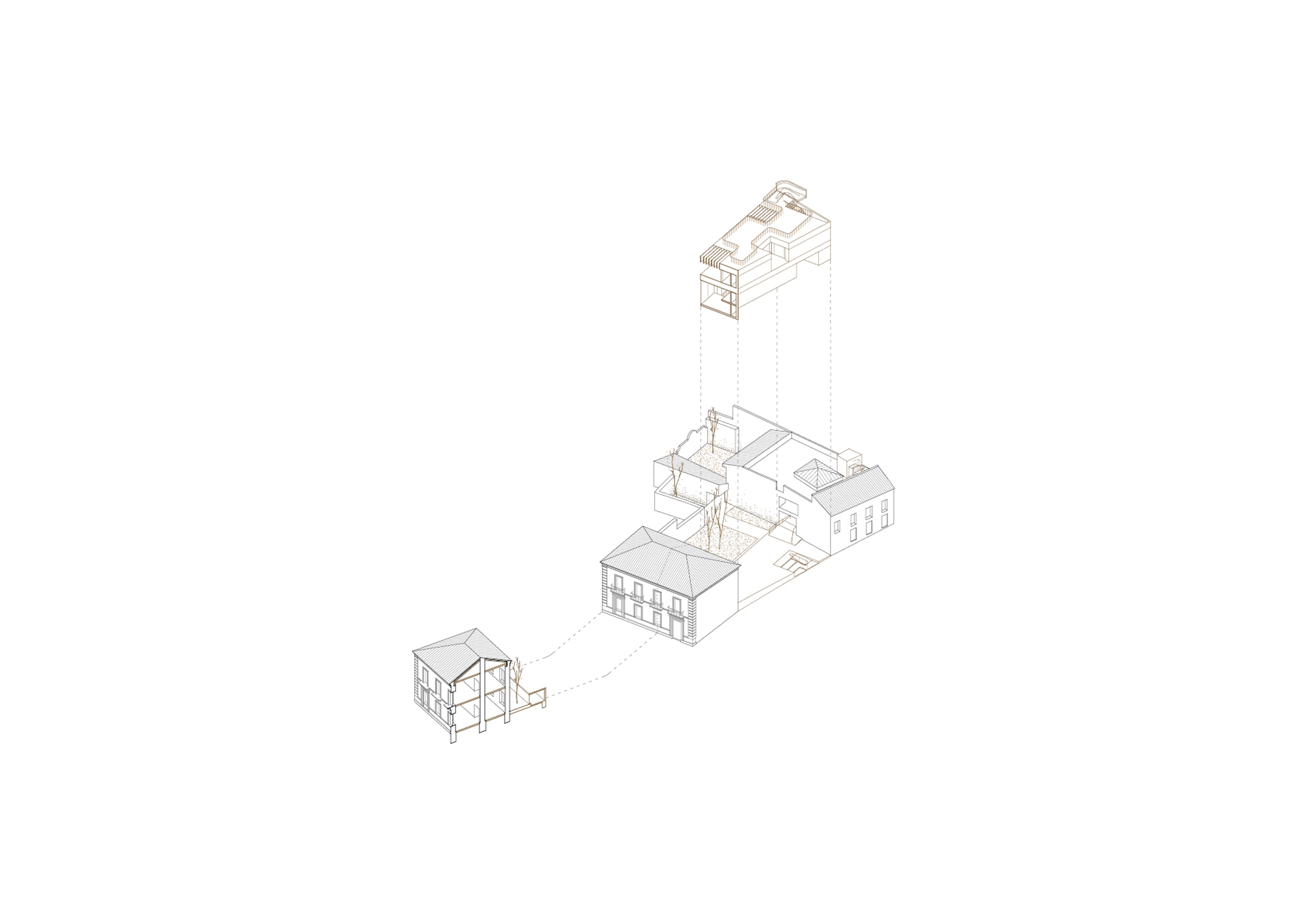
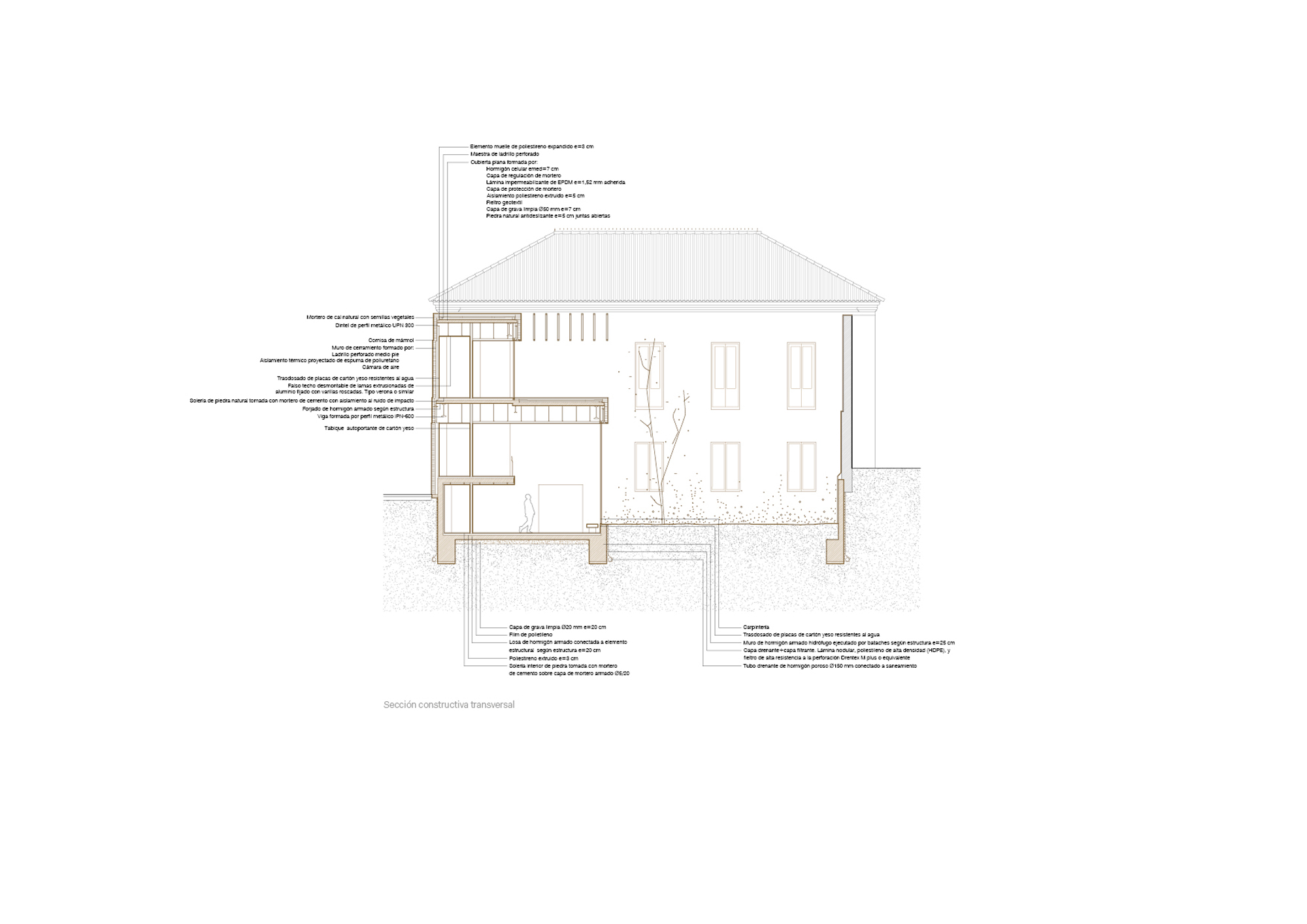
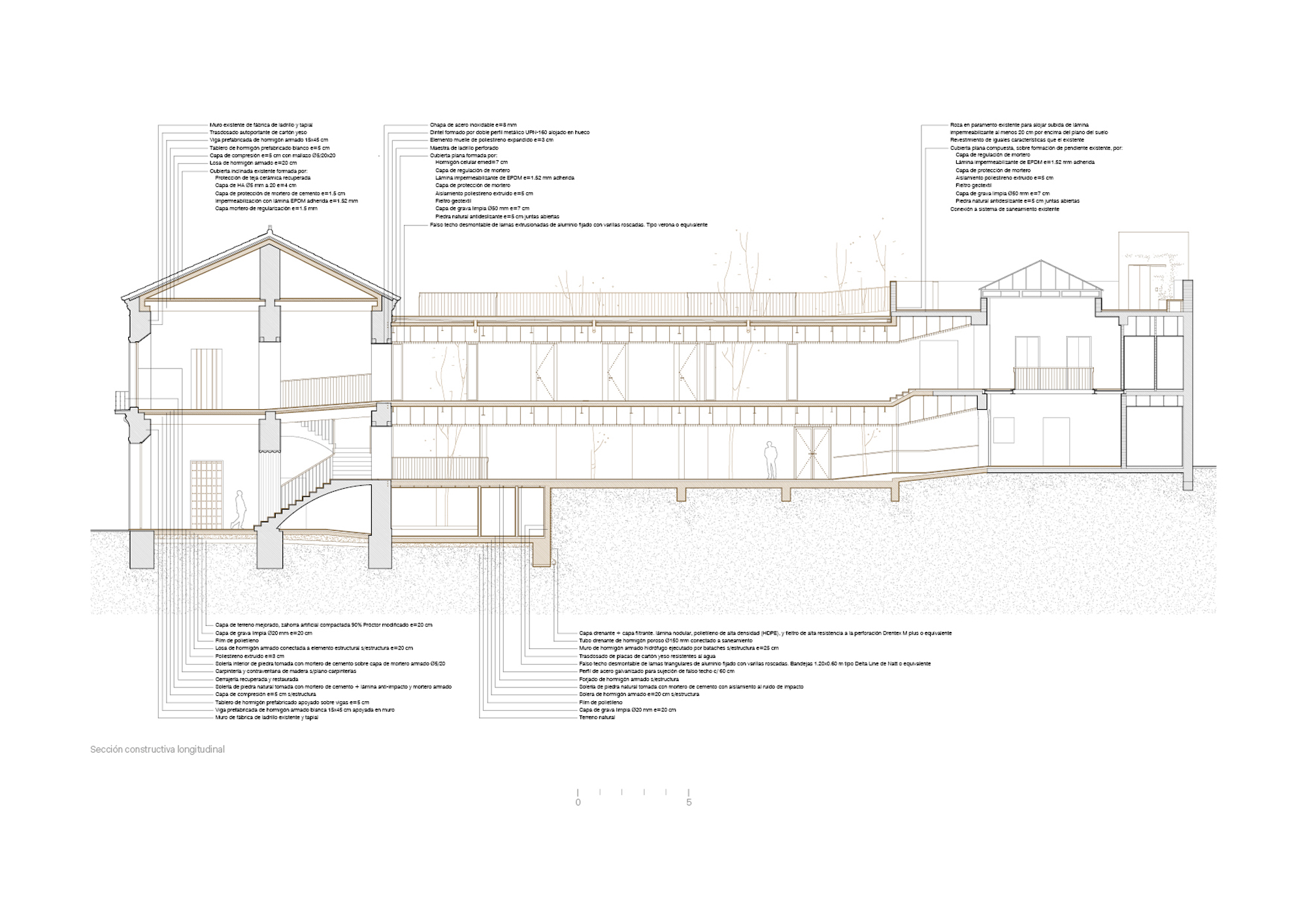
The connecting wing, with a trapezoidal plan, is set along a rising lateral street, mending the overall block. It turns a mute façade to the street, while on the opposite side it borders an internal patio open to users, limiting congestion and restoring value to the access to the building through the narrow urban pathway, and restoring legibility to the rear elevation of the 18th-century volume.
The added block contains an entrance hall on the ground level, transparent towards the adjacent courtyard, offering access from one side to the representative zones, and on the other to the services for the public, adjusting the changes of level and spanning the existing level shifts between the two extremities of the layout. On the level above, a rectilinear route connects the technical area to the administrative offices, crossing two-story rooms. The flat roof can be utilized as a belvedere terrace, with free access, offering a panoramic vantage point on the densely constructed context and the Andalusian countryside.
Alternating loggias, hollowed into the two opposing elevations, introduce openings the lighten up the massive impact of the building and reduce the adherence with the building by Ventura Rodríguez. Paying tribute to the constructive honesty and austerity of ornament of the latter, the relationship between past and present is handled with a minimalist tone, relying on the recovery of traditional techniques and materials to create an amalgam among the various parts and ages of the structure. A substantial material homogeneity is achieved, particularly thanks to the cladding of the façades with natural lime mortar whose mixture includes seeds and botanical traces, conveying the rural identity of the settlement and its profound economic and cultural ties with the surrounding agricultural territory.
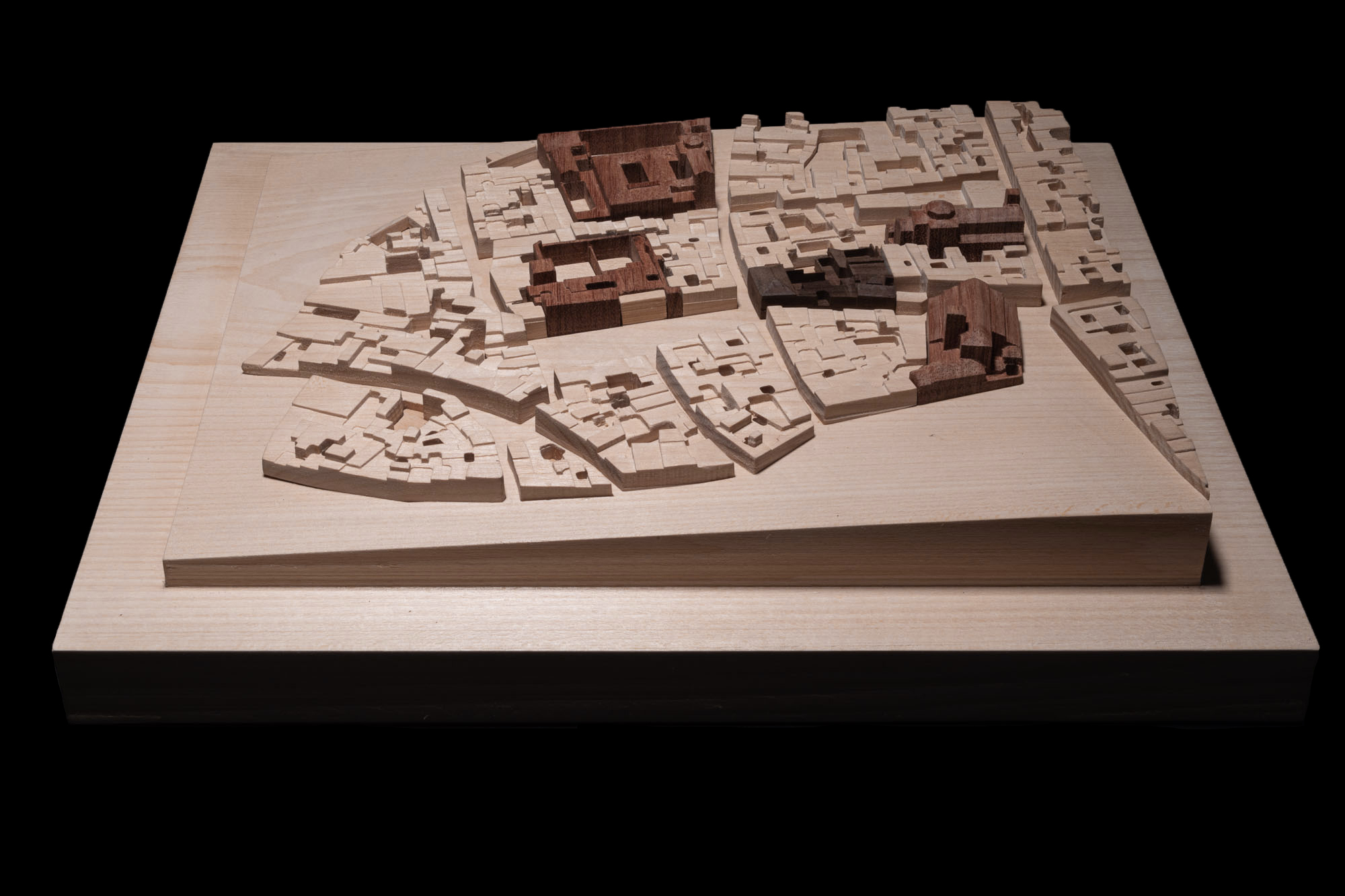
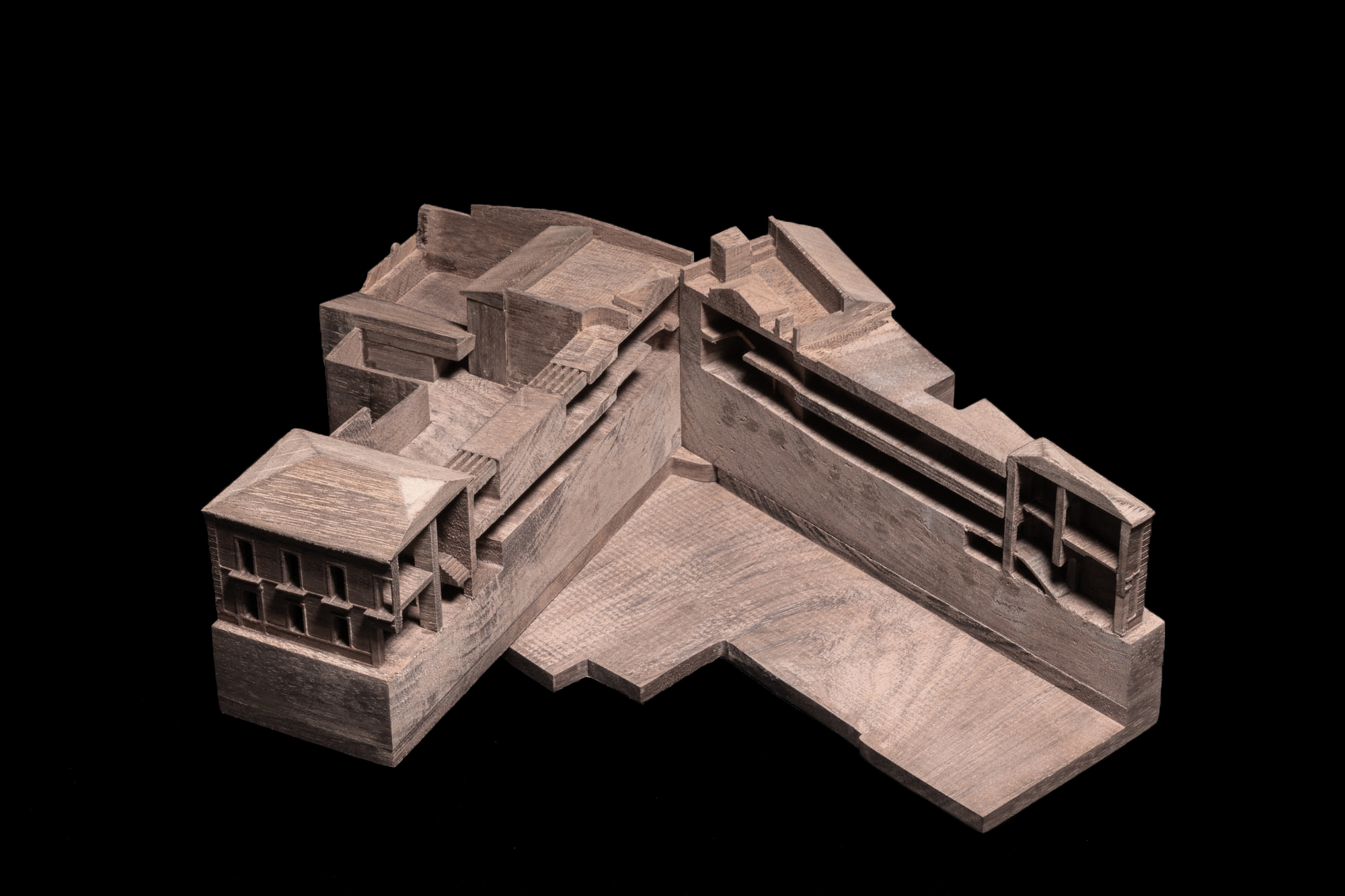
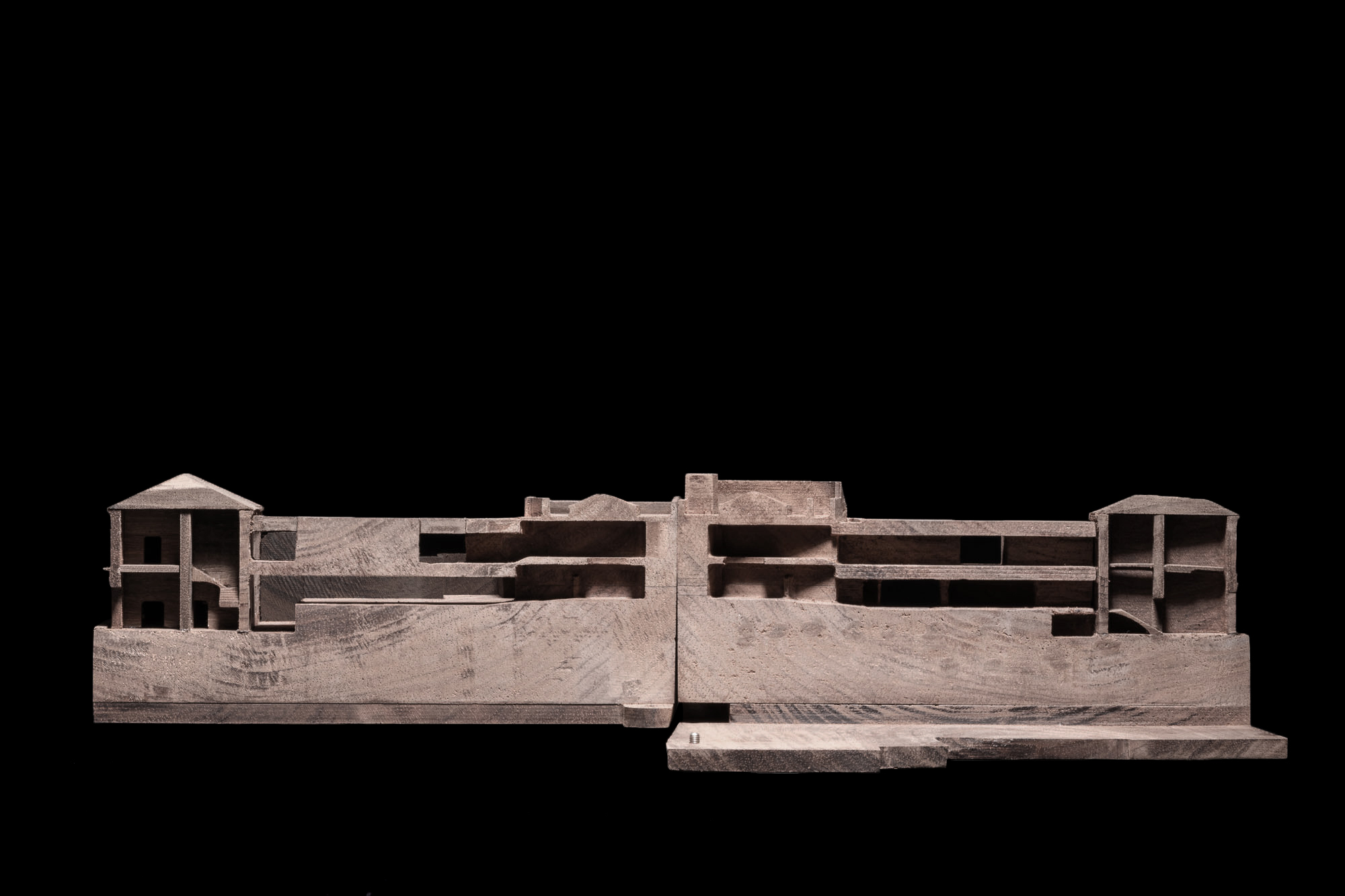
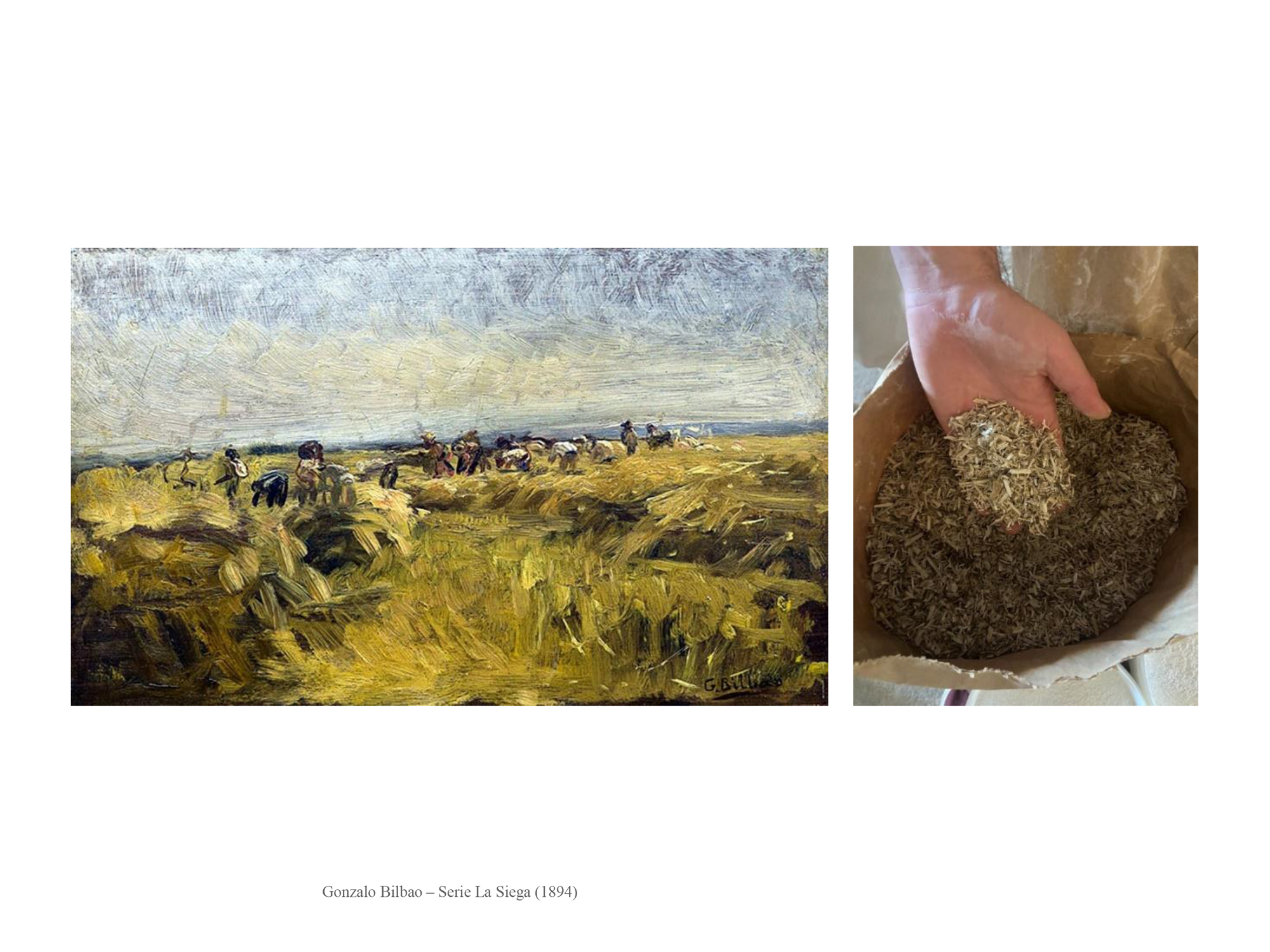
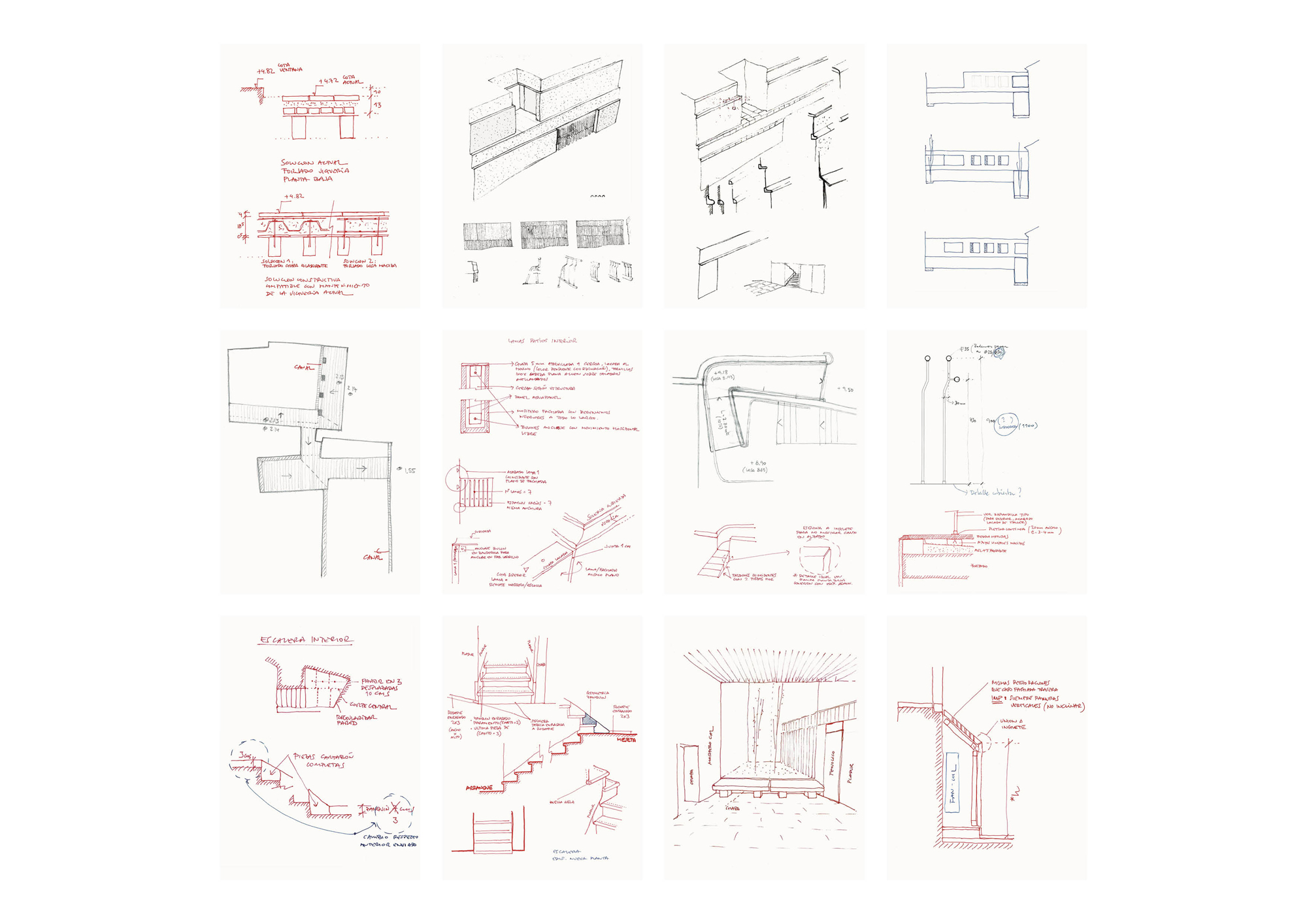
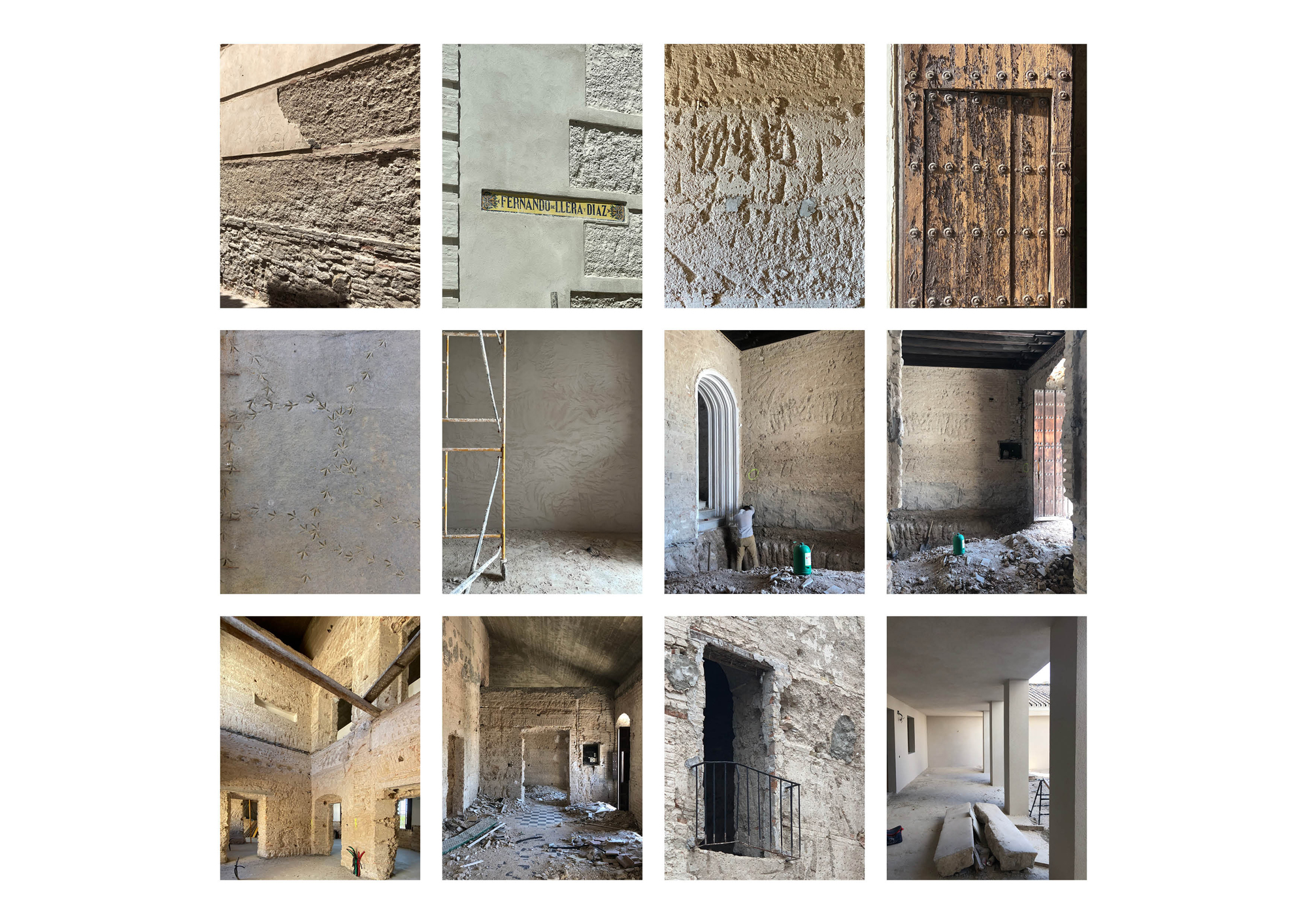
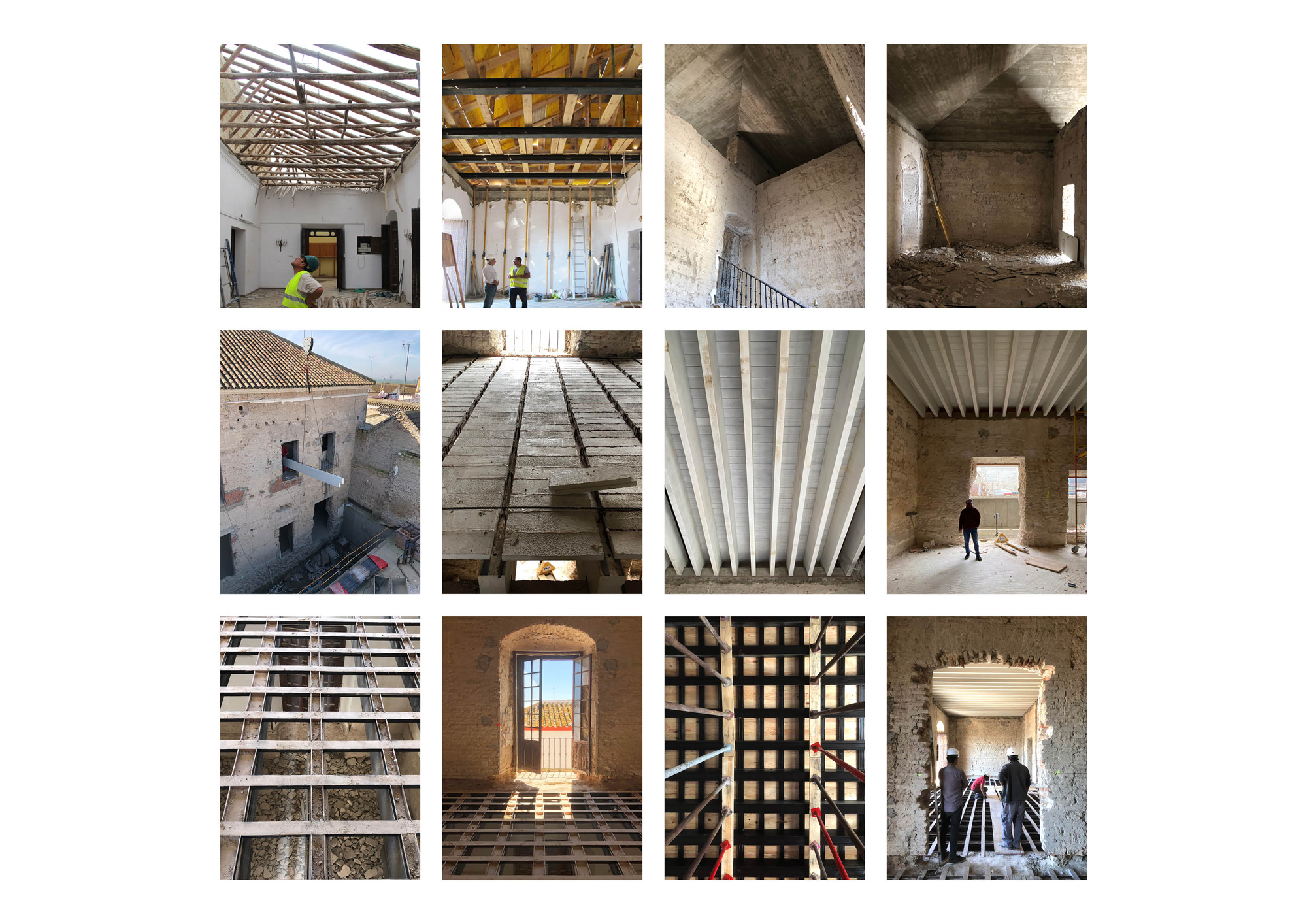
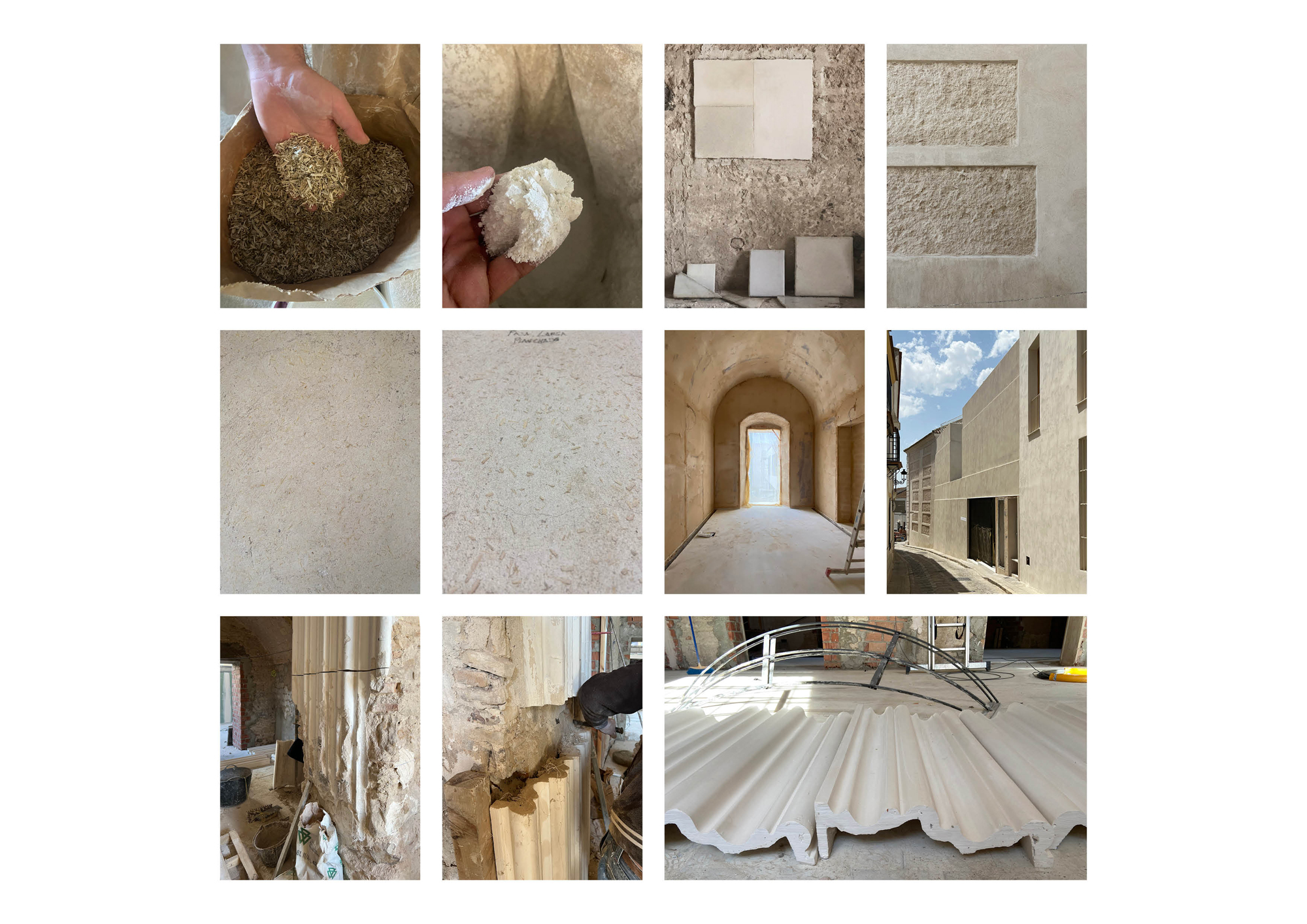
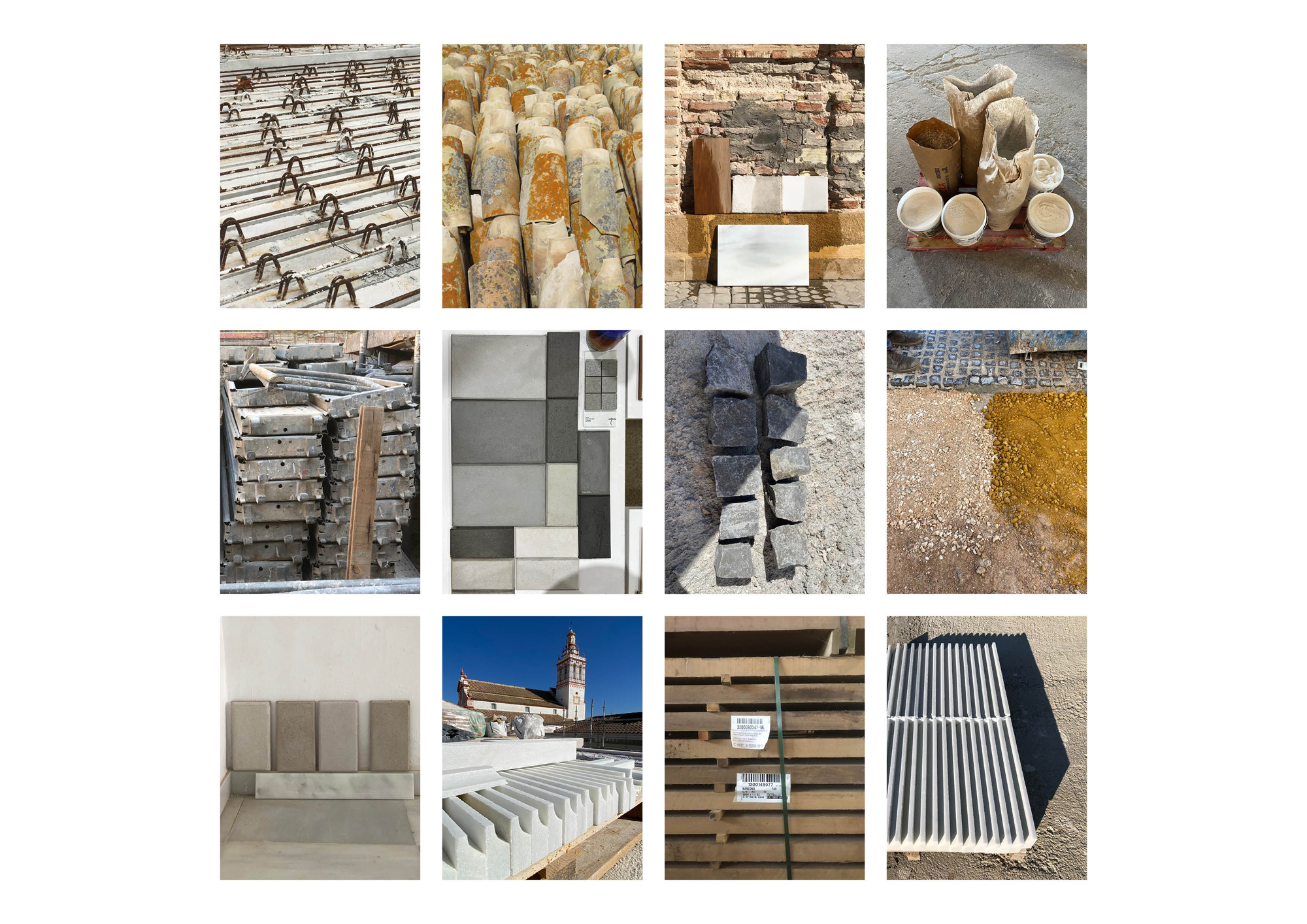
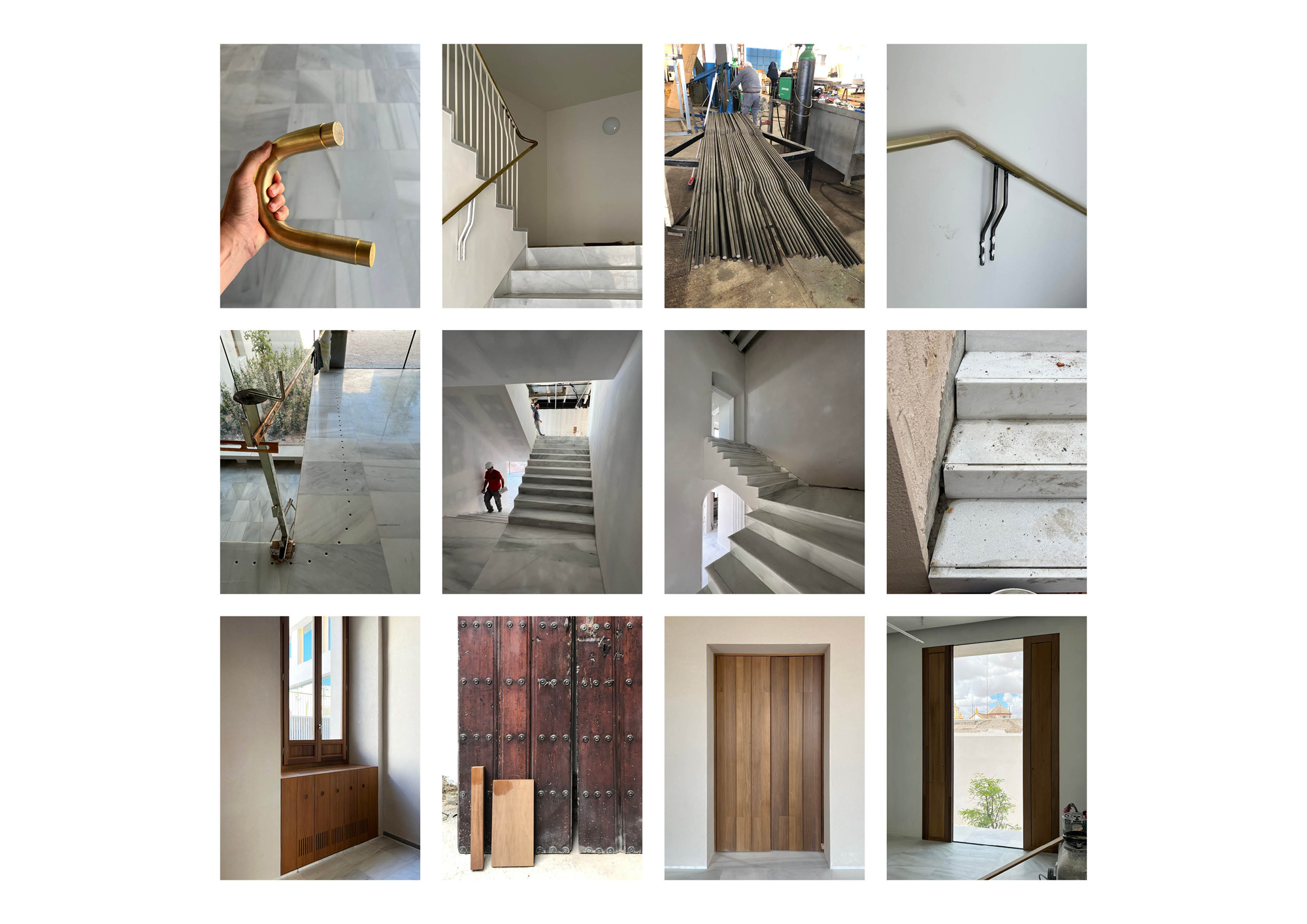
Other projects by Ignacio Laguillo




